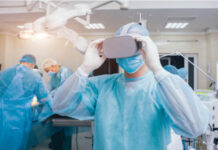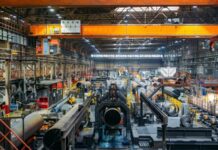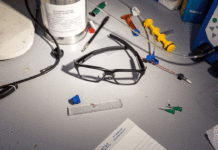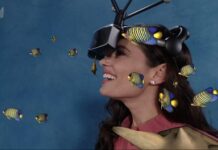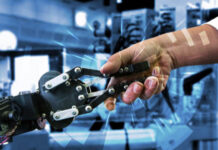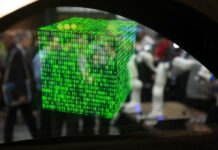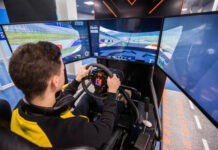![Screenshot_2020-07-18 Microsoft HoloLens + Autodesk Fusion 360 = Mixed Reality for Product Design and Engineering [VIDEO] A[...]](https://xrupdate.news/wp-content/uploads/2020/07/Screenshot_2020-07-18-Microsoft-HoloLens-Autodesk-Fusion-360-Mixed-Reality-for-Product-Design-and-Engineering-VIDEO-A....png)
The world has already experienced the awesome power of technology that was previously only showcased in films and books. Virtual reality and augmented reality are the future. It is looking bright as companies scramble to develop the best VR and AR devices. Microsoft announced the HoloLens in January; a wearable, holographic computer that allows you to overlay 2D and 3D objects in your real-life working or living space. It has already been proven that it is making the working environment very functional.
When the HoloLens was released, it demonstrated the possibilities of 3D engineering and industrial design. Users have noted, however, that it can be quite limiting to view 3D objects on a relatively small, flat-screen rather than using an entire workspace for 3D projects. Garin Gardener from Autodesk stated that they started working with Microsoft late last year to start a new joint venture called FreeForm. The goal of this joint venture was to build a proof of concept with Fusion360 and HoloLens. The possibilities of use for the everyday designer and engineer would also be explored so that the device can be used to its full potential.
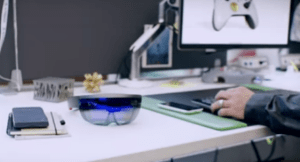
Gardener said that working in mixed reality is more than just having a holographic 3D model in front of you. It also alters the way you interact with data, customers, and the environment. To fully grasp the extent of the HoloLens, Gardener and his team spent a few months building dozens of prototypes and testing different scenarios in a mixed reality environment. They explored different ways to make work areas infinite in terms of space especially by using open areas overlayed with holographic objects. They explored how users could collaborate in the holographic space as well as during the creating and editing process.
According to Gardener, they were amazed at the opportunities and all the other benefits that stemmed from the FreeForm project. He admitted, that one of the challenges of this project is trying to explain the experience in words or even in pictures. The team can’t give everyone a physical experience or description of what they can expect. The team did create a video that gives the user an idea of how a mechanical engineer and an industrial designer could do in a shared holographic space which is a huge step in the development of the project.
Even though the video shows excellent collaboration and potential when it comes to problem-solving, it seems as if this type of working environment is still a few years away from reality. For now, the joint venture between HoloLens and Fusion360 is still in development. Having said that, the future of holographic computing is not out of reach. Gardener stated that he and his team are excited to be working on the possibilities of the future and developing new technology that could change the way we work, design, create, and collaborate forever.
References:
Gardener, Garin:adsknews.autodesk.com 30 November 2015.

